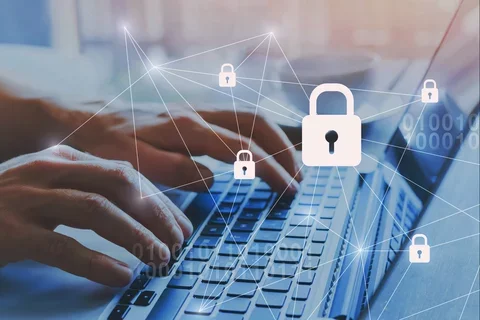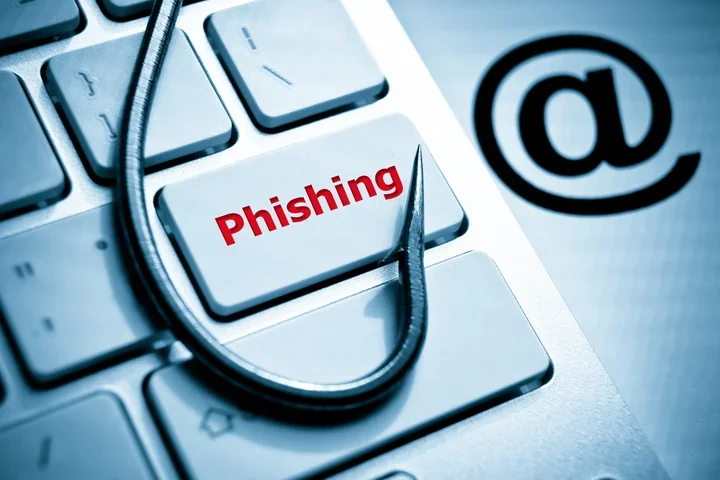Learn how to spot impersonation emails

Cyber criminals have gotten increasingly savvy at creating emails that look legitimate. In some cases, rather than using malicious URLs or attachments, an attacker will use social engineering and personalization to trick you into transferring money or sharing sensitive data. For more information on how you can stay safe online, view our Guide to Cybersecurity.
Read about recent incidents (requires login)
The following are 4 signs that an email is a potential scam.
- PRETEND – Scammers may pretend to be from an organization you know. They may send a message using an email that looks like it is from UCLA, Social Security, the IRS or an organization that sounds official.
- PROBLEM/PRIZE – Scammers may say there is a problem or a prize/reward. They may say there is an issue with an account, need your help, or that you won money/reward.
- PRESSURE – A scammer will want you to act immediately. This is in hopes that you act before you have time to think.
- PAY – If money has been requested, a scammer will often insist that you pay in a specific way. This may be done though a money transfer company, putting money on a gift card and asking for you to provide the number on the back, or by providing you a check that they instruct you to deposit and send them money.



